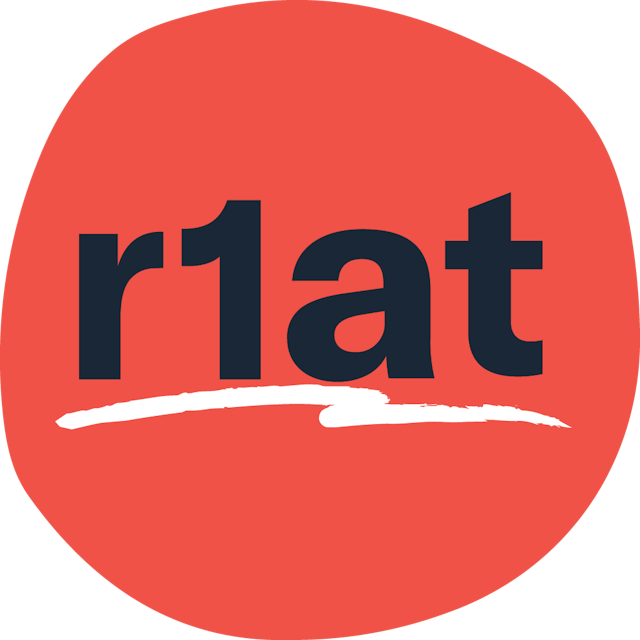Building a Culture of Digital Accessibility in 2025
Summary: Digital accessibility in healthcare is no longer a check-the-box compliance issue. It's a foundational element of equitable digital experiences, and one that requires team-wide responsibility rather than one-time fixes.
In 2025, rising legal standards, growing public expectations, and evolving user needs are pushing organizations to rethink accessibility as a long-term investment. For digital and UX leaders, this means moving past audits and overlays and embedding accessibility into every stage of the digital process.
Here’s how to build a culture of accessibility—starting with strategy and ending with lasting accountability.
Accessibility in Healthcare: Why Now
Healthcare websites serve people at critical moments in their lives. Whether it's booking an appointment, finding benefits information, or accessing medical records, barriers in these digital experiences can prevent individuals from getting the care or support they need.
The regulatory landscape is keeping pace:
In the U.S., updates to WCAG 2.2 and stronger enforcement of the ADA and Section 508 have made digital accessibility a top legal and operational priority. Healthcare websites are required to be WCAG 2.1AA compliant by May 2026. The U.S. Department of Health and Human Services has also emphasized digital equity under Section 1557 of the Affordable Care Act.
In Canada, the Accessible Canada Act (ACA) and provincial mandates like Ontario's Accessibility for Ontarians with Disabilities Act (AODA) require organizations to conform to WCAG and take a proactive, structured approach to accessibility.
These frameworks make it clear: accessibility isn’t optional. But beyond compliance, accessible design improves usability and trust for everyone.
Why Overlays and Audits Aren’t Enough
Accessibility overlays and automated tools are often marketed as fast solutions, but they rarely address deeper usability or code-level issues. Many overlays:
Interrupt screen readers and keyboard navigation
Apply temporary fixes without addressing root problems
Provide a false sense of compliance
True inclusive design starts with structure and intent. That means using semantic HTML, building clear content hierarchies, and supporting logical navigation.
For practical guidance, see our blog on accessibility best practices for healthcare websites.
Organizations that rely on overlays or audits alone often end up patching the same issues repeatedly. A better approach is to build accessibility into the workflow from the beginning.
Build Accessibility In From the Start
Designing for accessibility early helps teams avoid expensive rework and deliver better user experiences for everyone.
Start by:
Choosing accessible color palettes and scalable typography
Structuring content with headings and landmarks that support screen reader navigation (see our guide)
Writing clearly using plain language and descriptive links
Testing early with users who rely on assistive technology
This approach not only supports WCAG compliance but results in cleaner, more intuitive designs that benefit all users.
Set Internal Standards and Shared Accountability
To build a lasting culture of digital accessibility, your team needs shared standards and clear ownership.
Start with documentation and governance. Then ensure cross-functional teams understand:
How design and development components are expected to meet accessibility requirements
What content must include, such as alt text, headings, and link clarity
When and how accessibility will be reviewed and tested
Ongoing training keeps standards front and center. Encourage UX, dev, and content teams to integrate accessibility into their day-to-day work—not treat it as a checklist item.
Use Tools, but Keep Testing Manually
Accessibility tools can speed up detection of issues, but they’re only one part of the solution. Combine tools with manual testing to ensure lasting impact.
Recommended tools:
Axe DevTools for browser-based accessibility testing
Color Contrast Analyzer for visual readability
Figma accessibility plugins to support inclusive design
Teams should also regularly test key workflows using screen readers like NVDA (Windows) or VoiceOver (macOS).
For a phased implementation roadmap, explore our step-by-step guide to the 2026 accessibility deadline.
Track Progress With the Right Metrics
Building a culture of accessibility means making progress visible and measurable. Like any strategic initiative, it needs tracking and reporting.
Start with metrics such as:
Percentage of pages meeting WCAG 2.2 criteria
Number of accessibility issues resolved per sprint
Alt text coverage across media and content
Screen reader compatibility in core user journeys
Feedback from usability testing with people with disabilities
Include accessibility KPIs in your internal dashboards and retrospectives so this work stays visible and prioritized.
Accessibility Is a Team Mindset
In both Canada and the U.S., legal expectations for accessible websites are increasing—but legal compliance is just the starting point.
For healthcare and public service organizations, digital accessibility is a commitment to inclusion, equity, and user-centered design. That commitment must be shared across roles, reinforced through training, and built into every step of your digital process.
Want more insights like this delivered to your inbox? Sign up for our newsletter to stay ahead of accessibility trends, tools, and strategies for digital teams in healthcare.
